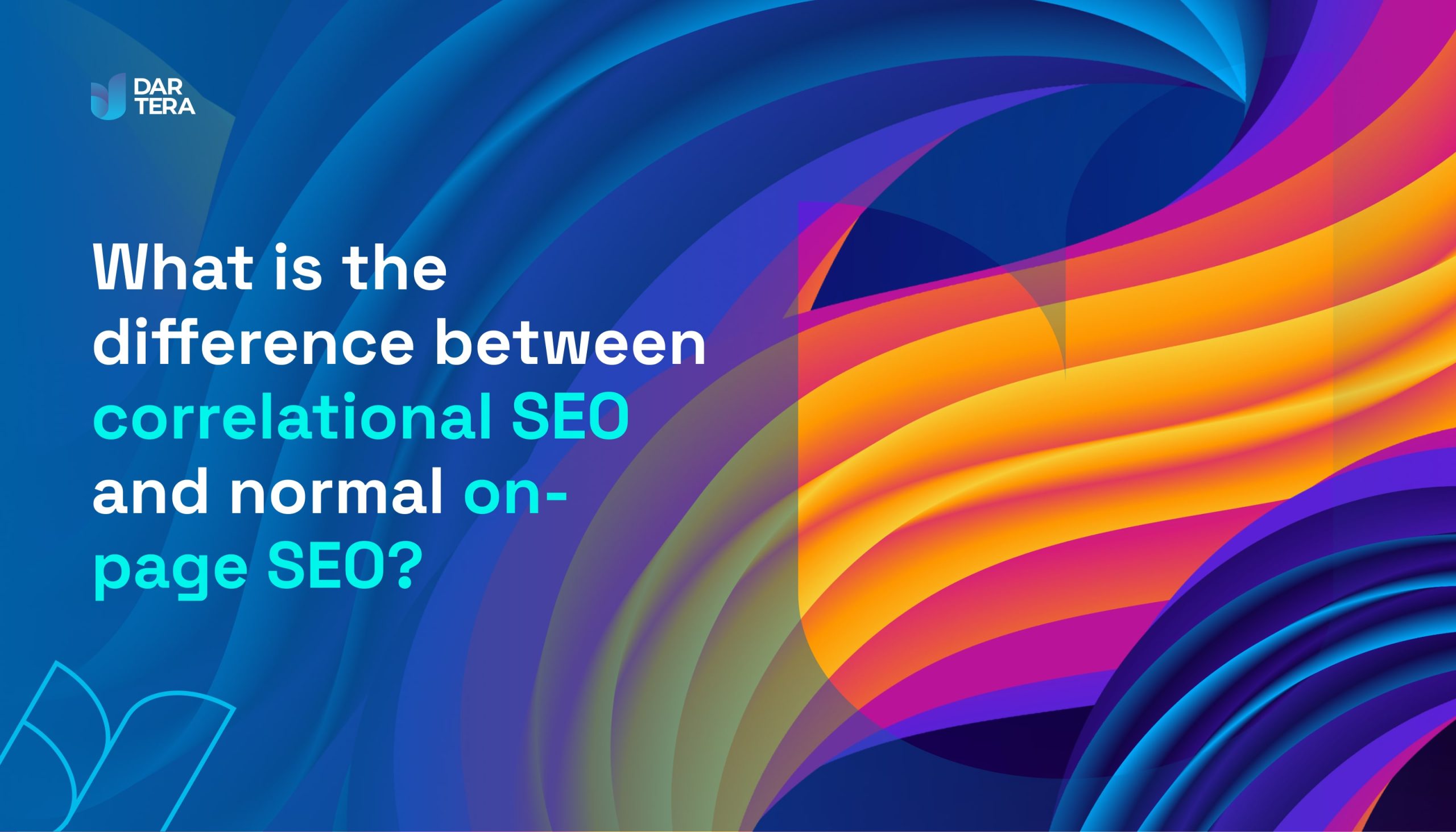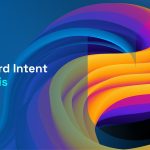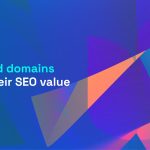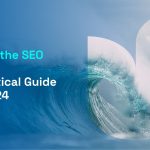What is the difference between correlational SEO and normal on-page SEO?

On-page SEO is often perceived as the ugly duckling of SEO.
This is the process of optimizing ranking factors directly on your website. The beautiful and powerful sisters (backlinks) often steal the spotlight from on-page SEO, which is perceived as a repetitive, boring chore. Recently, however, on-page SEO has become increasingly popular with underground SEOs of all stripes.
How come page title and H1 optimization is suddenly exciting again?
In this article, we'll go over the difference between normal on-page SEO and today's correlative SEO. In fact, 2022 is the right time to show your content some love with next-level on-page SEO.

On-page SEO: The good old days
Within a few minutes, most SEO crawlers (e.g. Screaming Frog, Sitebulb, ahrefs, etc.) provide meaningful insights into the state of optimization of your website.
Most of them today have responsive interfaces and tell you where your on-page SEO is deficient. Common metrics include:
- Missing, duplicate or too long page titles
- Missing, duplicate or too long meta descriptions
- Missing or duplicate H1s
- ... and much more
You export the list of recommendations and share it with your team.
If you're a solid search machinist, you've already done keyword mapping and matched your landing pages with a target keyword and supporting keyword variations. Now your team is updating the deficient ranking signals. This is still the best SEO practice, because as boring as on-page SEO can be, it works. There is hardly any SEO who would dispute the power of page title, URL and H1. Adding your target keyword always works.
If you don't optimize these factors, you're simply missing out on important SEO opportunities.
In the good old days, you also sprinkled your main keyword throughout the content. Some people believed in keyword density (percentage of the keyword in the entire text) and adjusted it accordingly. When you push your website through the crawler again, green boxes appear. All are satisfied.
Correlational SEO in 2022
Most crawlers check a hard-coded set of ranking factors. The creators basically choose which factors to include, and regardless of which landing page you crawl, you get the same list of ranking factors to review. While our SEO experience tells us that headlines are an important ranking factor, we don't know exactly how they should be optimized for our specific landing page to outrank the top-ranked pages.
The recommendations of most crawlers do not take into account the competition and their level of optimization. This is where correlational SEO comes into play. Modern tools for correlational SEO (CORA, Page Optimizer Pro, SurferSEO, Clearscope) allow you to compare your landing page with high-ranking competitors. The insights from these tools are not based on a simple traffic light system (done/not done), but on a relative comparison with pages that successfully rank on page 1.
You will learn to update the number of keywords in the body of the text, because that is what websites do on page 1. The ranking factor "keywords in the body tag" correlates with their position on page 1. Suddenly, you are no longer optimizing just any ranking factor, but those that are statistically relevant for a page 1 placement.
That's why on-page SEO is suddenly sexy again - because it's easy to implement, but can give you a real competitive advantage. With this shift in thinking, you will learn how to use your target keyword, keyword variations, and contextual keywords (LSI) based on the performance of the top websites. You will learn how to optimize to be competitive.
In terms of implementation, there is not much difference from the checklists of regular crawlers, but there is a big shift in awareness in terms of developing strategies. We now make 100% data-driven decisions and select the on-page factors that are proven to move the needle.








